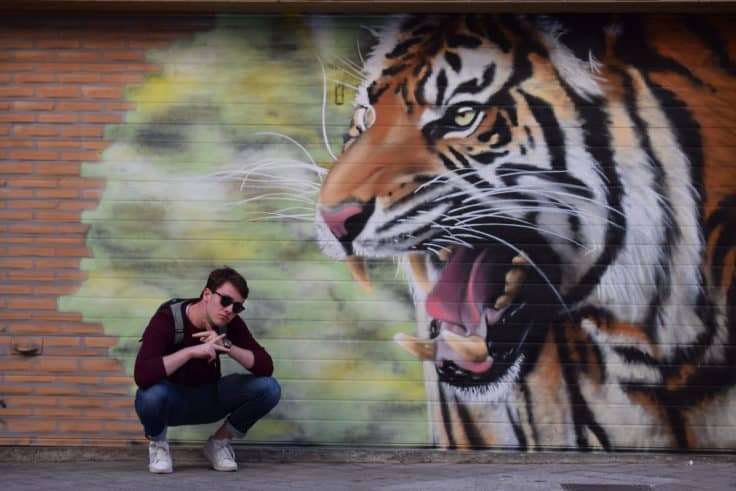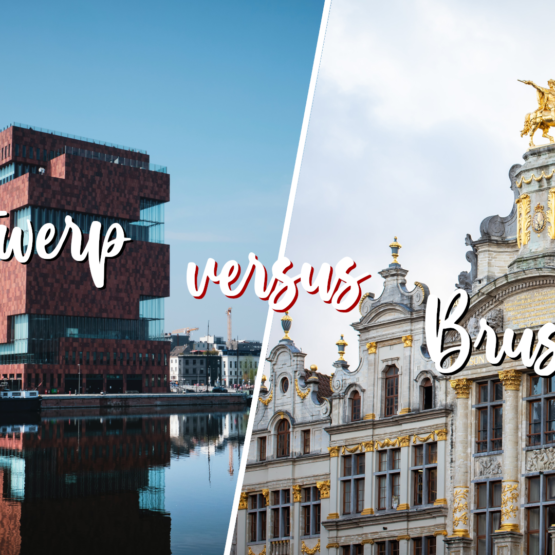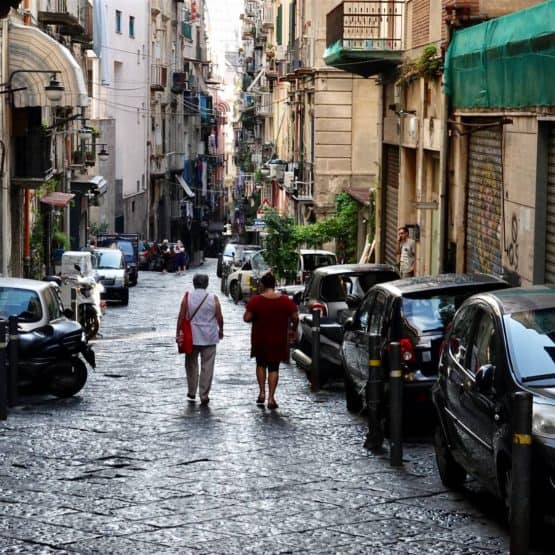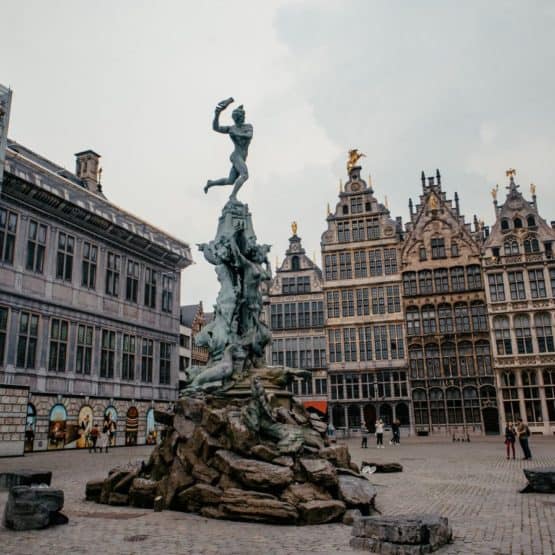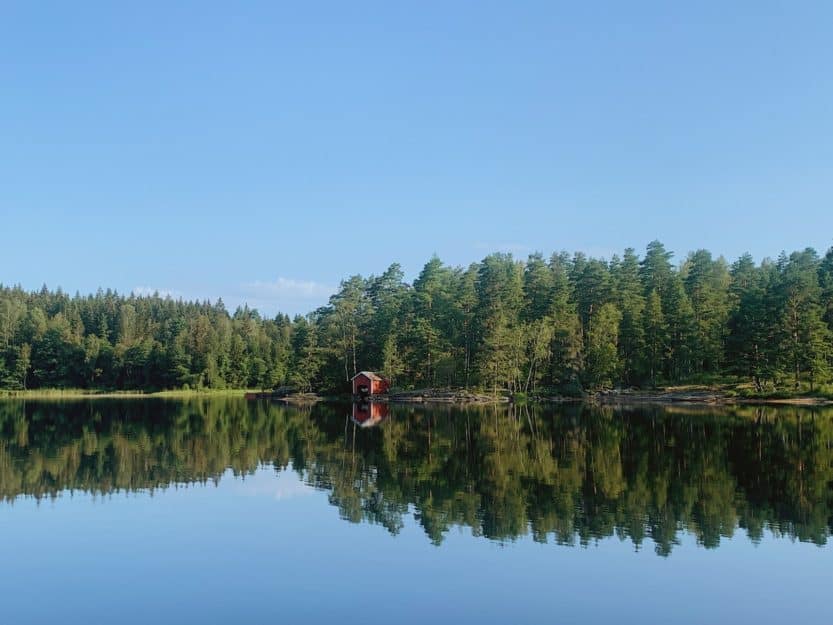
After a year of being unable to travel far and wide, European borders started opening up again this summer. Me and a friend I met in India two years ago had booked a camping trip in Sweden last summer, which was cancelled (and I don’t think I need to tell you why). Luckily, our adventure was simply postponed 12 months, and we happily boarded the sleeper bus bound for Sweden just over a month ago.
How we booked our camping trip to Sweden
As I mentioned above, our story starts — quite literally — at the other side of the world. Laura and I had both individually booked tickets for a group tour in India. It immediately became clear that we got along great, and we spent a lot of time together in India.
Related: Sleeping Under The Stars After A Camel Safari
After that trip ended, things quieted down for a while, until I saw an Instagram ad for another trip: seven days of canoeing and camping in the Swedish wilderness. I asked Laura if she would be interested in going on this trip with me, and she enthusiastically agreed to come along for the ride.
And so, we both opened the K-Jak website and booked our tickets for the bus trip to Blöm-Fox. The pandemic postponed our trip, but that just meant that we were able to look forward to our big adventure for more than a year. It also meant that we were ready for anything Sweden was going to throw our way. And that brings me to …
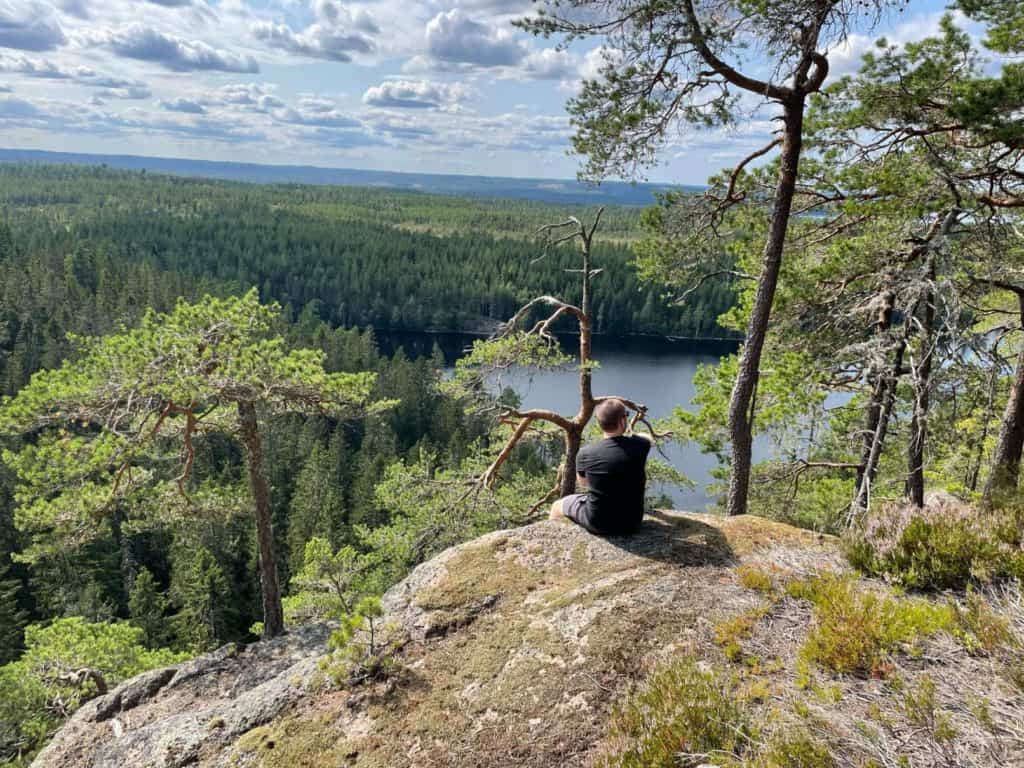
Why we went camping in Sweden
Why wouldn’t we?
We knew this trip would take place in Dalsland — also known as the Swedish Lake District. Dalsland didn’t get its name randomly. The region boasts more lakes than almost any other province in Sweden. In other words: it’s the perfect place to go camping for two adventurous souls from Belgium.
Sweden is generally an expensive country to travel to, mostly due to high costs for local transport, accommodation and activities. However, since we spent all of our time in the wild, our wallets didn’t suffer too much from the strong Swedish economy.
Related: Budgeting for Solo Travel — Tips & Tricks to Save Money
After a while, the question was no longer ‘Should we go camping in Sweden?’, but ‘When can we leave?’.
Camping in Sweden — Travel video
Before I get to the lessons I learned in Sweden, let me show you what it was like in a short, vertical travel video. (Best watched on mobile screens!)
Lessons I learned in the Swedish lake district
Lesson 1 – You need to be prepared for everything
As anyone who has gone camping will tell you, you need to be ready for anything to happen. Extreme weather circumstances, broken or malfunctioning material, food that has gone bad, … You name it, campers have survived it.
We were not afraid to set up camp in a forest during a thunderstorm, because we knew we had a solid tent that would keep us dry and warm. We took a little too much food with us, just in case something happened and we would need more than we had calculated.
Lesson 2 – Set aside your principles
A campsite off a Swedish lake is not the place for strong principles.
You need to live with the fact that your food won’t taste as good as when you’re cooking your favourite dish at home with fresh vegetables and herbs. Sometimes, you just need to live with edible, or ‘yeah, it’s alright’.
You might be used to sleeping with your significant other or a friend next to you, but you’ll need to be okay with sharing a tent with bugs when you go camping.
On the bright side: when there are no principles holding you back, your problem-solving skills drastically improve. You get more creative when looking for solutions to the everyday issues you face, and that’s ultimately a good thing.
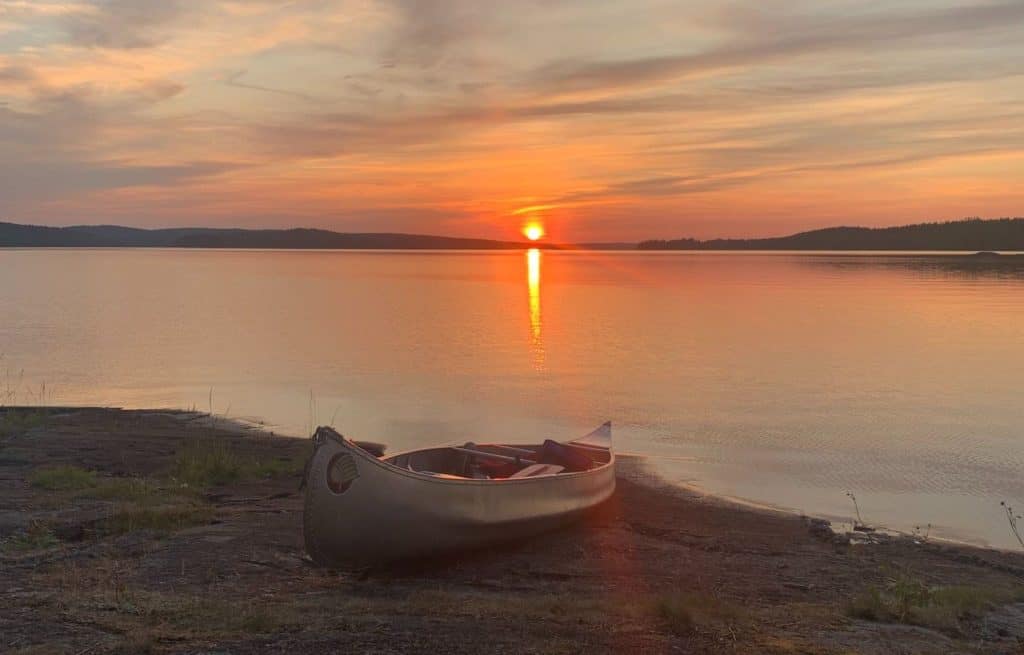
Lesson 3 – Proper material is worth the money
In situations like ‘camping in Sweden’ — as well as in many other travel-related scenarios — proper material tends to be on the more expensive side of things.
In these cases, it is absolutely worth it to spend a few more euros, dollars, pounds or [insert your currency here] for that extra quality.
Tents, knives, backpacks, cooking material and hiking shoes are just a few of the things that you don’t want to skimp on. These things will ultimately save you money because they last years if you treat them properly — which you automatically will, knowing how much money they cost you in the first place.
Lesson 4 – You can’t control nature
In our case, specifically, we especially had to be prepared for weather-related issues. Overall, we were very lucky to have had good weather on six of our days in Sweden.
But we spent seven days in the canoe.
There was one day where the rain started pouring down from the sky at around 3 PM, while we were still a few kilometres from our destination for the day. We had to disembark and watch from the shore as the rain slowly accumulated in the canoe.
After about half an hour, the rainfall decreased and we headed towards our campsite again — desperately using our baggage’s rain cover to avoid our clothes getting wet.
Standing in the forest and helplessly watching the boat get wet was not the best experience at the time, but it ended up being a great story to tell at parties.
Lesson 5 – Perseverance is key
Standing still is going backwards.
At least, that’s what we say in Dutch. It might not make a lot of sense in English, but it essentially comes down to this: if you don’t keep going, you may as well turn back.
You’d be surprised how many situations this expression applies to.
One of those situations is camping and canoeing in Sweden. Laura and I were the only group out of 10-ish who chose the long route, so we constantly had to force ourselves to just go a few more kilometres before setting up camp.
At the time, it was exhausting to know that we were the only ones in our group who were forced to push ourselves like this. But looking back on it now, we can both confidently say it was worth it.
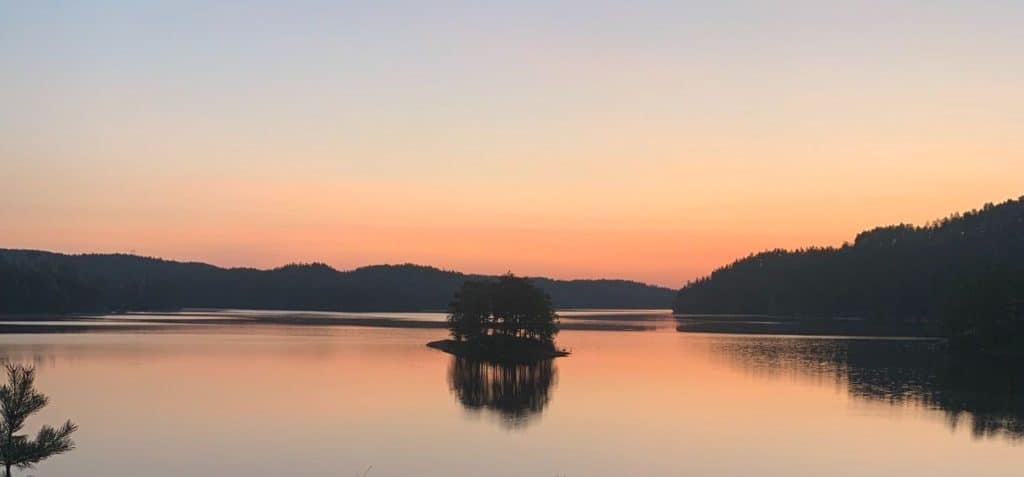
Lesson 6 – Teamwork makes the dream work
In a two-person canoe, you quite literally cannot do it on your own. You need one another to keep the boat balanced and to make moving forward easier.
Off the water, teamwork makes all aspects of camping easier.
Cooking food? One person washes and cuts the vegetables while the other starts the fire and fills a pot with water to cook rice or pasta in.
Setting up the tent? One person unrolls the tent and stakes down the corners while the other finds — or makes — a flat area with no sharp objects.
You may get into an argument with your travel buddy at times (which we miraculously didn’t), but in the end, you need them and they need you.
Lesson 7 – I’m not made for sleeper buses
If you know me at all, you’ll know that this is not a new development. I also didn’t particularly enjoy my experience with sleeper trains in India.
The concept was cool — I’m on the other side of the world and I’m using a means of transport I’m not used to. But my quality of sleep suffered greatly then, and it suffered again on the way to Sweden.
Seats that can’t fully recline, 50 travellers ready to embark on the adventure of a lifetime, and roads that could use some maintenance. Truly a recipe for disaster if you’re trying to get a few hours of sleep.
I tell myself it was part of the experience to make the memory of the sleeper bus bearable. But the truth is: I’m simply not made for sleeper buses.
Conclusion: Should you go camping in Sweden?
The short answer: yes. I would recommend a trip like this to anyone who even remotely likes adventure and exploration.
If you’re still reading this blog post, I can guarantee you’ll like this trip. That, or you’re my very supportive grandpa who reads everything I write. (Love you, grandpa!)
Take a chance on yourself and book the camping trip. You won’t regret it.

